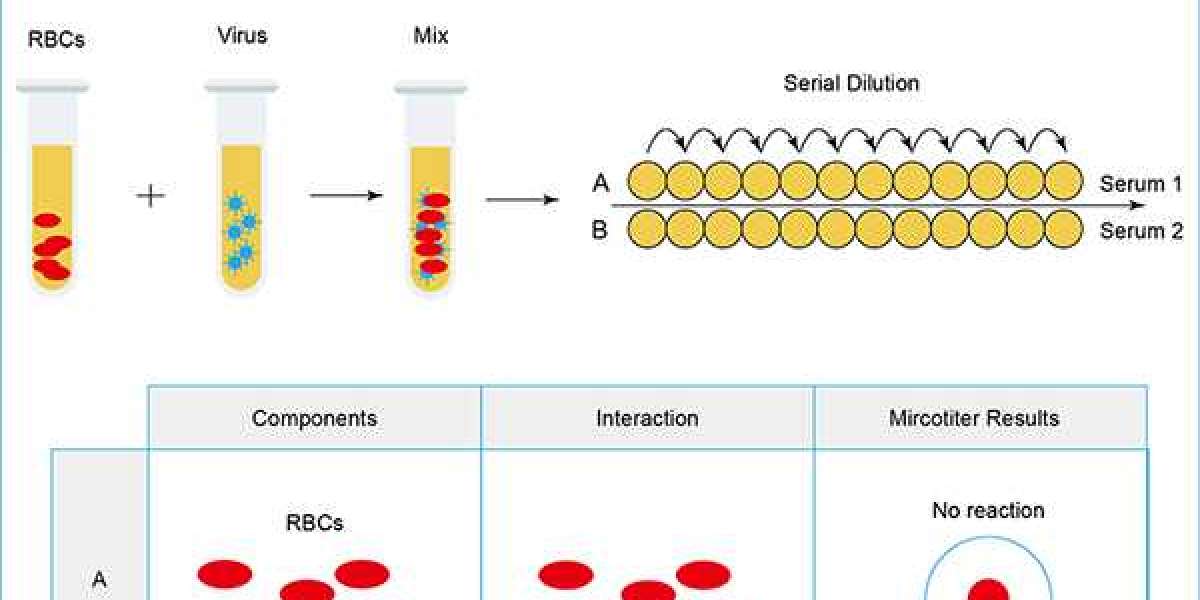Unlock the Secrets of Your Cycle: Discover When You're Most Likely to Conceive!
Understanding your menstrual cycle is crucial for anyone trying to conceive or simply wanting to know more about their reproductive health. The menstrual cycle isn't just a monthly occurrence; it's a complex interplay of hormones that can offer insights into your fertility. One of the best ways to get a clearer picture of your reproductive timeline is by calculating your last period. This simple yet powerful tool can help predict pregnancy due dates and enhance your awareness of your fertile windows, putting you in the driver's seat when it comes to family planning. By knowing when your last period occurred, you can better understand your cycle and when you're most likely to conceive.

Understanding Your Menstrual Cycle
The menstrual cycle typically lasts about 28 days, although variations are common. This cycle consists of several phases: the follicular phase, ovulation, and the luteal phase. The follicular phase begins on the first day of your period and lasts until ovulation. During this time, your body prepares for the release of an egg, with hormone levels fluctuating to stimulate follicle development in the ovaries. Ovulation is the point when an egg is released, typically occurring around the midpoint of your cycle, and is often accompanied by a peak in luteinizing hormone (LH). The luteal phase follows ovulation and lasts until the start of your next period. During this phase, progesterone levels rise to prepare the uterine lining for potential implantation. Understanding these phases can help you identify your fertile windows and optimize your chances of conception.
The Importance of Tracking Your Last Period
Tracking your last menstrual period (LMP) is essential for estimating ovulation and identifying your fertile window. This tracking allows you to pinpoint when ovulation is likely to occur, which is typically about 14 days before the start of your next period. Knowing your cycle length is crucial, as it varies among individuals; some may have shorter cycles of 21 days, while others may experience longer cycles of up to 35 days. By keeping a log of your last period, you can calculate when you're most fertile and increase your chances of conception. A friend of mine, who recently started her family planning journey, found that by tracking her LMP, she was able to better understand her cycle and identify the best days to try for a baby.
How to Use a Last Period Calculator
Using a last period calculator can be straightforward and empowering. To estimate your expected due date and ovulation date, simply note the date of your last period. From there, you can apply a simple formula: add 280 days to the first day of your last menstrual period to calculate your estimated due date. For ovulation, subtract 14 days from your expected start date of your next period. This method gives you a clearer picture of your cycle and helps in planning for pregnancy. Many users find it helpful to keep a calendar or use an app to track their periods and ovulation dates, making the process even easier. The first time I used a last period calculator, I was amazed at how accurately it helped me understand my cycle and predict my fertile days.
Signs of Ovulation and Fertility Awareness
Recognizing the signs of ovulation can further enhance your fertility awareness. Common indicators include changes in cervical mucus, which becomes clearer and more stretchy as ovulation approaches, similar to raw egg whites. Additionally, many women experience a slight increase in basal body temperature during ovulation due to hormonal changes. Other signs can include mild cramping or spotting. By monitoring these signs alongside calculating your last period, you can gain better insights into your fertile windows, helping you make informed decisions about family planning. Friends who have successfully conceived often share how tracking these signs made them feel more in control and aware of their bodies.
Empowering Your Family Planning Journey
Understanding your menstrual cycle and effectively using a last period calculator is invaluable for anyone considering pregnancy or wanting to enhance their reproductive health. By tracking your cycle and knowing when your last period occurred, you can make informed decisions about family planning. Whether you are trying to conceive or simply looking to understand your body better, this knowledge empowers you to take charge of your reproductive health. The journey towards parenthood can be filled with uncertainties, but with the right tools and information, you can navigate it with confidence.


